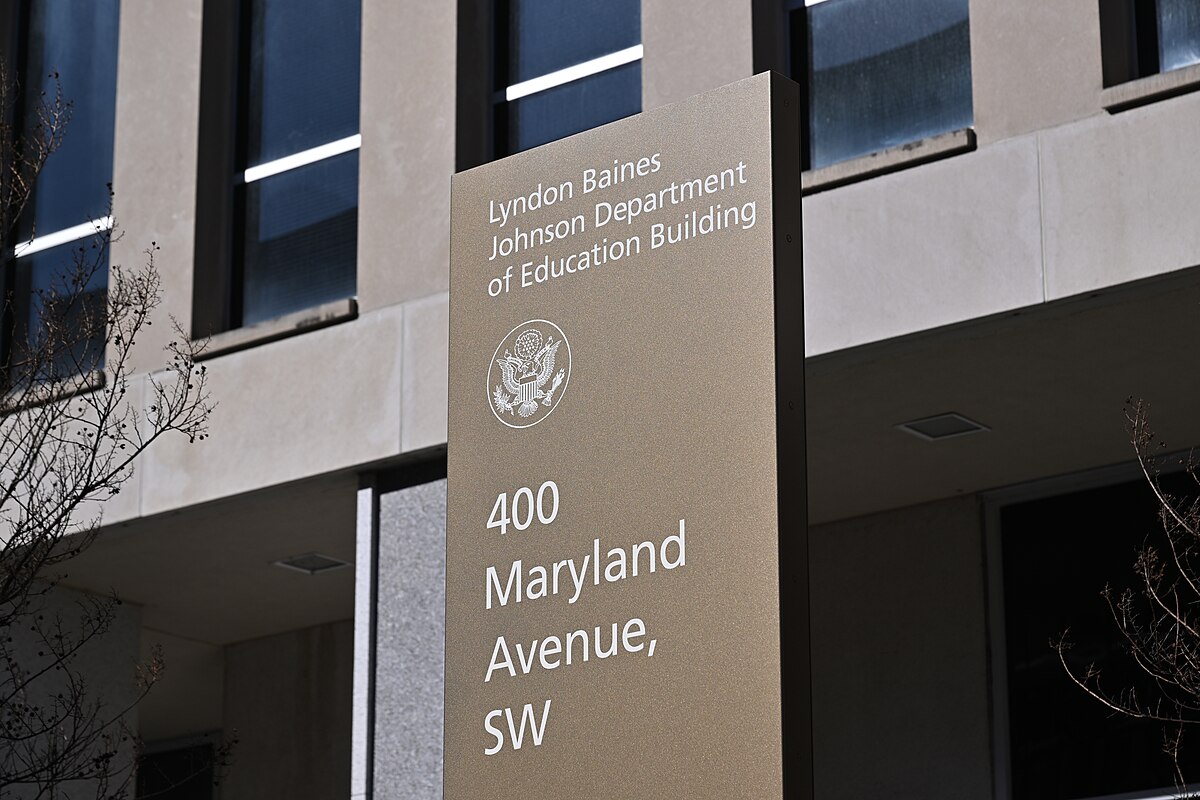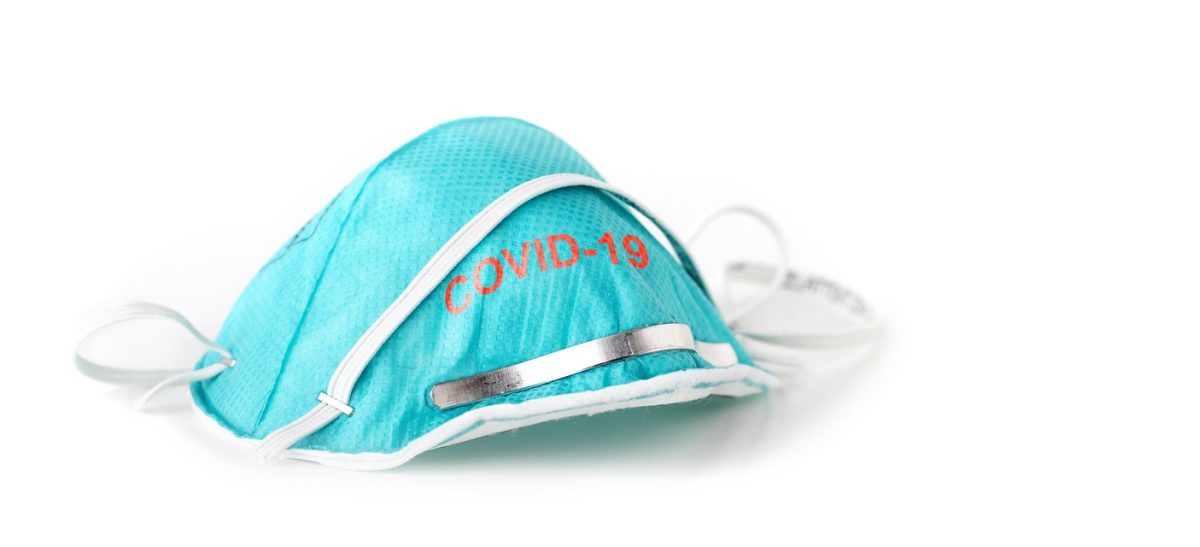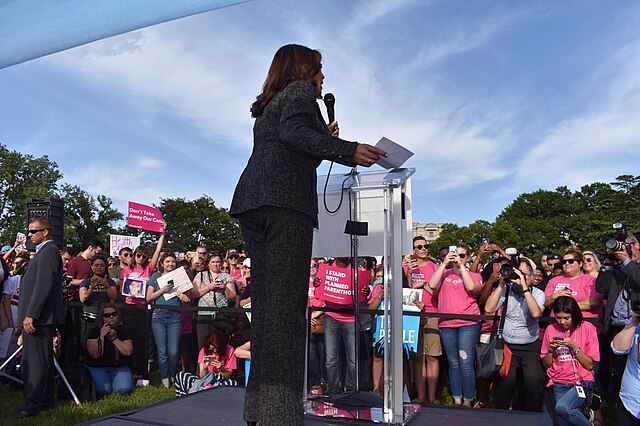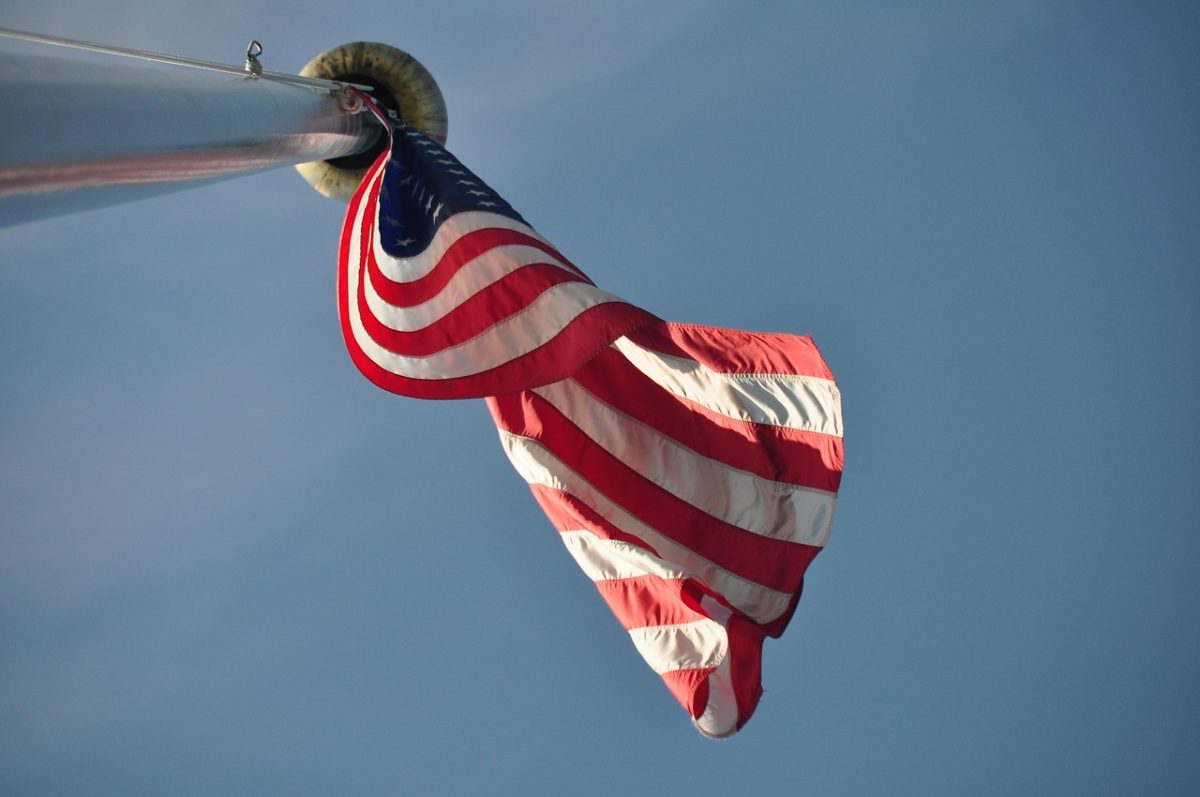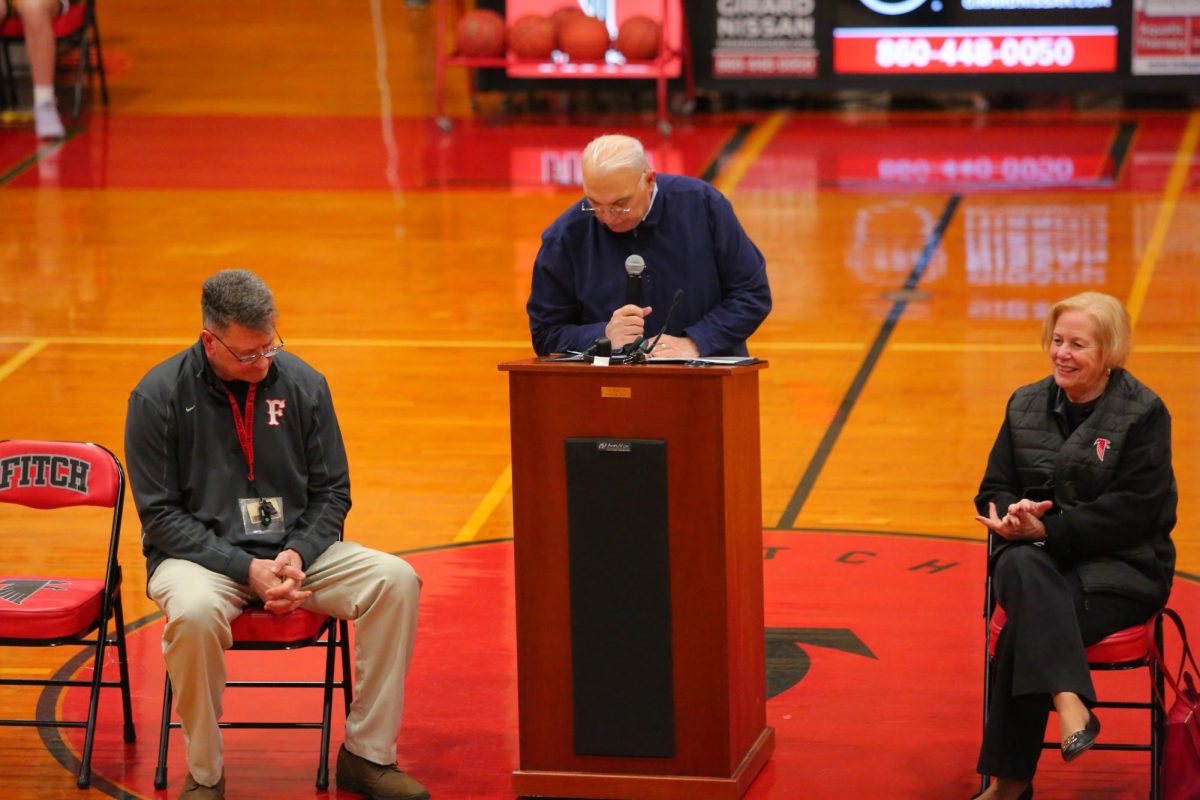How Well Has America Been Handling the COVID-19 Pandemic?
November 12, 2020
There remains some debate about what has made America’s actions in response to COVID-19 largely unsuccessful, but the fact that America doesn’t measure up to many other countries is indisputable. America consists of ¼ of all cases and 22% of deaths globally, although it only contains 4% of the world’s total population.
When looking at what measures allowed countries across the world to effectively handle the COVID-19 pandemic, some actions stood out in their ability to reduce cases and save lives. When put to the test, America has struggled to meet many of these measures. Some of these actions included immediate border closure, widespread testing, government stimulus packages, contact-tracing, effective quarantines and social distancing, clear public communication, and funds for hospitals and healthcare. Non-partisan, science-based responses to COVID-19 also aided in getting the virus under control.
The first of these actions, closing the borders, was put into place in the US, but only partially. On February 2, a partial travel ban on China went into effect, but permanent residents of the US and American citizens were allowed to return, albeit with medical screening and a two-week quarantine. Continually, more and more travel bans went into place. On March 2, for instance, people who were in Iran within 14 days of attempted entry into the US were not allowed to enter the country. As of March 13, aliens who had been in the Schengen Area (of Europe) within 14 days of attempted entry were denied access. Similar bans for the UK or Ireland went into effect on March 16. On June 22, the entry of “certain immigrants and nonimmigrants who present a risk to the U.S. labor market following the coronavirus outbreak.”(US State Department) until December 31. Entry into the US from Brazil was denied on May 6. Despite all of this legislation, there was never a “true” travel ban, and Americans and their family members were excluded from this legislation. Additionally, the transport of goods was exempt, and the people who flew the planes or drove the boats that carried those products were allowed entry, though this does not come as a surprise, considering how much the American people depend on trade with foreign countries.
Testing in America was also lacking, as testing was not only sparse, but actively discouraged by public figures. For example, President Trump encouraged the decrease of testing in the United States, stating, “When you test, you have a case. When you test, you find something is wrong with people. If we didn’t do any testing, we would have very few cases.” (The Washington Post) The influence of statements such as these also means that the CDC now recommends that asymptomatic people are not tested, though they may be a major cause of the spread of COVID-19. Even now, the total amount of tests daily has been decreasing, and there are 100,000 fewer tests daily than there had been in July.
As far as contact-tracing is concerned, both a lack of funding and a lag in test results make its effective implementation more difficult. Mobile tracing would be both more reliable and easier, but privacy concerns can get in the way of implementation. Additionally, undocumented people or people who don’t want their geographic location tracked may not be involved, and it is always possible that people will falsely report infections. Such problems may become more frequent if data is collected by third-party companies.
Effective quarantines and social distancing are essential to mitigating the spread of the coronavirus, but concerns over losing a job or housing can make people reluctant to quarantine. After all, if you can’t earn enough money to eat or pay rent, it’s impossible to quarantine in a house or apartment.
Another factor that contributed to the inconsistent American response to the pandemic was partisan politics. Many countries that succeeded with the COVID-19 pandemic had united national responses — something that America sorely lacked. President Trump has continually downplayed the risk of the virus, which may have contributed to the fact that polls show that Republicans are less concerned about coronavirus than Democrats. Republicans are less likely to say that they fear hospitalization or unknowingly spreading the virus; a gap that increased between April and June. Thankfully, the gap in behavior is narrower than on questions about what the government should do; people who say that it shouldn’t be a requirement to wear a mask in public often wear masks in public. This partisan divide, fueled in part by the media and political rhetoric, makes it more difficult to have a rational discussion about what risks can be tolerated as we reopen.
Public communication is a key part of a successful response to the COVID-19 pandemic. Consistent, national strategies are important to ensuring that everyone follows guidelines; but in America, we had a state-by-state approach, something that doesn’t make sense when someone can easily move over state borders, potentially taking the virus with them.
Sources:
- https://www.theguardian.com/world/2020/sep/25/coronavirus-world-map-which-countries-have-the-most-covid-cases-and-deaths
- https://www.pewresearch.org/global/2020/08/27/most-approve-of-national-response-to-covid-19-in-14-advanced-economies/pg_2020-08-27_global-coronavirus_0-01/
- https://time.com/5851633/best-global-responses-covid-19/
- https://www.usatoday.com/story/news/nation/2020/08/20/us-covid-19-response-how-miscommunication-selfishness-played-role/5610047002/
- https://www.cato.org/blog/travel-restrictions-spread-covid-19-what-does-research-say
- https://travel.state.gov/content/travel/en/News/visas-news/presidential-proclamation-coronavirus.html
- https://www.factcheck.org/2020/03/the-facts-on-trumps-travel-restrictions/
- https://coronavirus.jhu.edu/testing/individual-states
- https://www.theatlantic.com/health/archive/2020/09/how-many-people-america-testing-coronavirus/616249/
- https://www.pgpf.org/blog/2020/09/how-many-coronavirus-stimulus-checks-have-been-sent-out-so-far#:~:text=Taxpayers%20receive%20a%20payment%20of,for%20married%20couples%20filing%20jointly.
- https://www.nationalgeographic.com/science/2020/09/contact-tracing-crisis-magnitude-hot-mess-america-fixes-coronavirus-cvd/
- https://fivethirtyeight.com/features/republicans-and-democrats-see-covid-19-very-differently-is-that-making-people-sick/
- https://www.washingtonpost.com/politics/2020/05/15/trumps-thoroughly-strange-commentary-coronavirus-testing/











